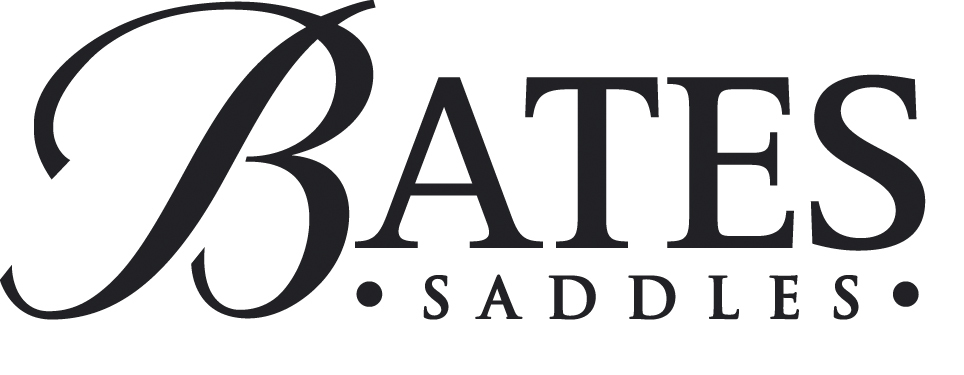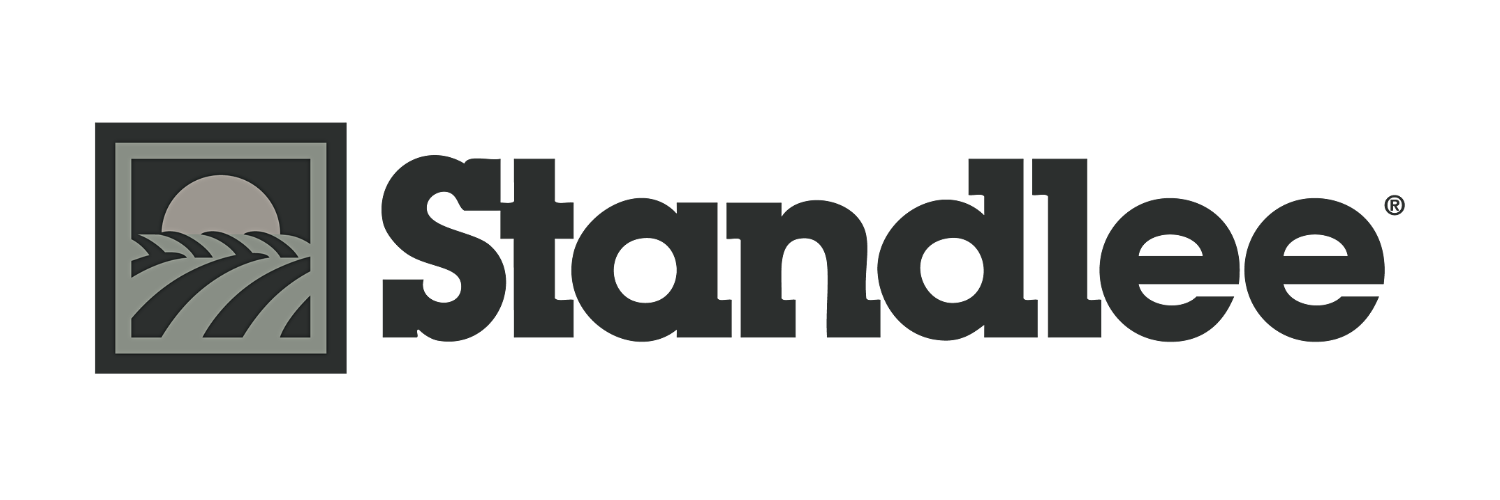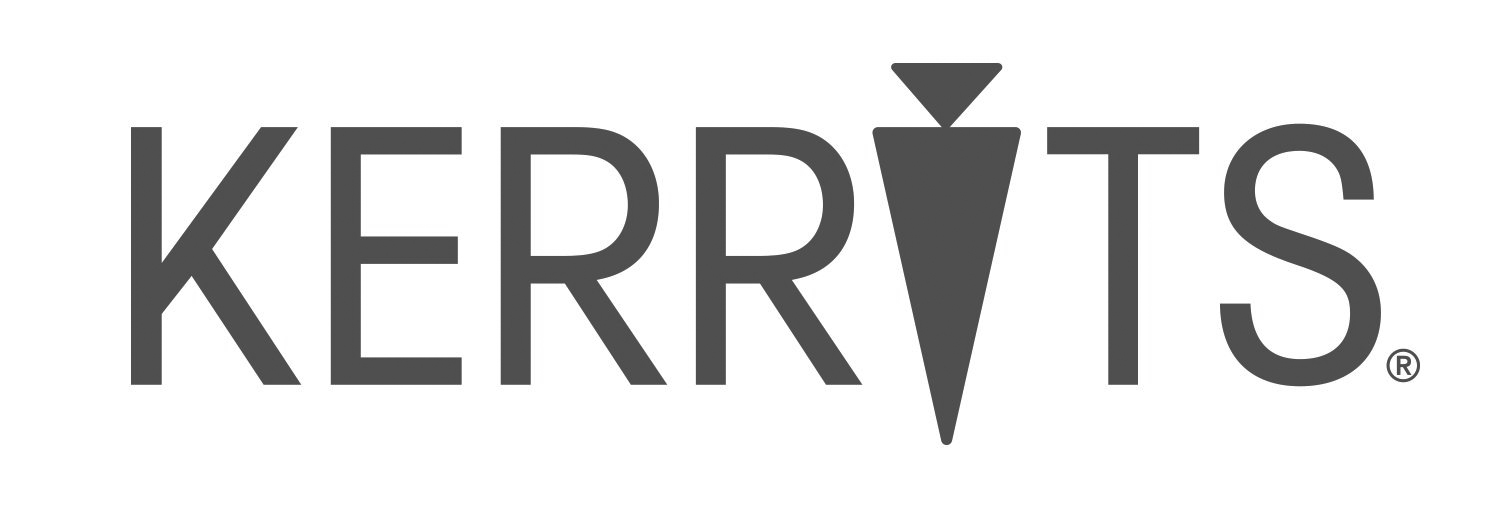FEH Judging and Scoring
Experience is one of the many perks the FEH program offers. Giving youngsters the opportunity to get out and gain experience is important in their early development. Plus, it allows handlers get a sneak peek into the future work ethic of their fledgling eventer.
Another goal of the program is to bring more breeders into the world of eventing. While there are countless breeders who specialize in purpose-breeding for dressage and show jumping prospects, there are considerably fewer breeders who specialize in breeding specifically for eventing.
Judging
In FEH classes, horses are judged on both their conformation and the quality and correctness of their gaits. Upon entering the arena, their handlers are asked to stand the horses up for inspection to allow the judge to analyze the strengths and weaknesses in their conformation. Then, they are asked to walk a 15-meter triangle, and then trot a 30-meter triangle. Finally, they are asked to stand up one last time for the judge to make their final observations.
There are several main points that a judge will look at during the presentation of a competitor. Firstly, they will look for an event horse “type," meaning a horse that appears naturally structured to become an all-around athlete. They will look at the basic correctness and angulations of the horses' legs and the quality of their feet. Also, they will analyze the conformation as a whole to determine if the horse will be able to stand up to the stresses of eventing. Additionally, the judge will look for the horses' gaits to be basically straight, correct, swinging and uphill.
All FEH classes are held under the auspices of the USEA and are considered as USEA "Tests." The USEA establishes the guidelines and the policies for the Future Event Horse Series. In all cases the decision of the judge is final.
Scoring
Separate classes will be held for yearlings, two-year-olds and three-year-olds and the goal is to offer these classes by gender.
Where sufficient entries permit each class will be divided into colts, geldings and fillies. Where there are combined classes of colts and fillies all will be judged as one class and the highest placed colt and filly will be recognized. For example, if there is only one filly in the class and she places third overall she will be recognized as the winning filly of that age group.
Combining age groups is not allowed. Each age group will be judged independently of the other. A yearling will not be judged in the two- or three-year old class, and a two-year-old not be judged in a three-year-old class.
Horses must be registered with the USEA and owners are encouraged to submit a copy of the horse’s papers or any pedigree information available prior to entry. The breeder’s name and pedigree information will be published in the program and in results.
January 1 will dictate the age of the horse. Horses born in 2007 will be considered one year old on January 1, 2008.
Terminology
Breeder: considered the owner or lessee of the mare when she was bred.
Colt: an ungelded male three-years-old or younger.
Filly: a female 3-years-old or younger.
FEH Gelding: a gelded horse three-years-old or younger.
Handler: the person presenting the horse to the judge and leading the horse during the walk and trot phases.
Whip Assistants: the person designated by the handler and/or owner to follow behind the horse to encourage it to move forward.








